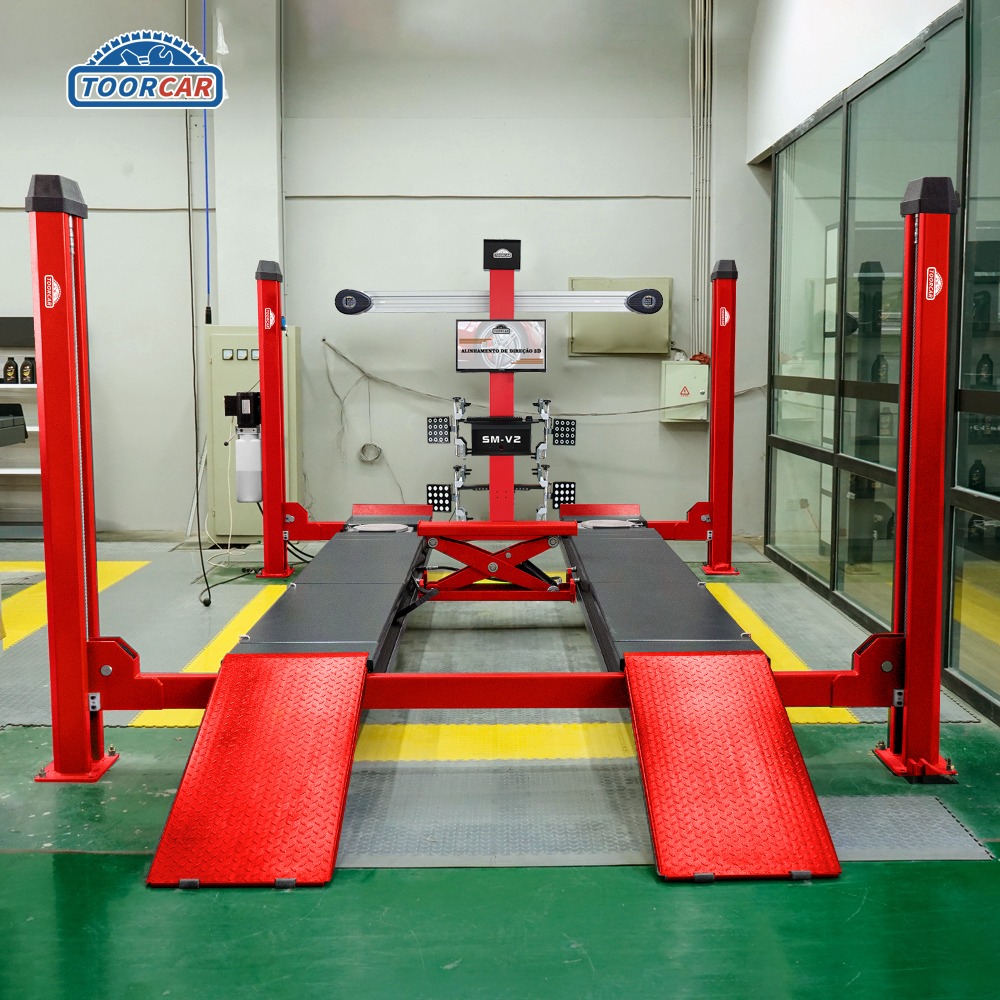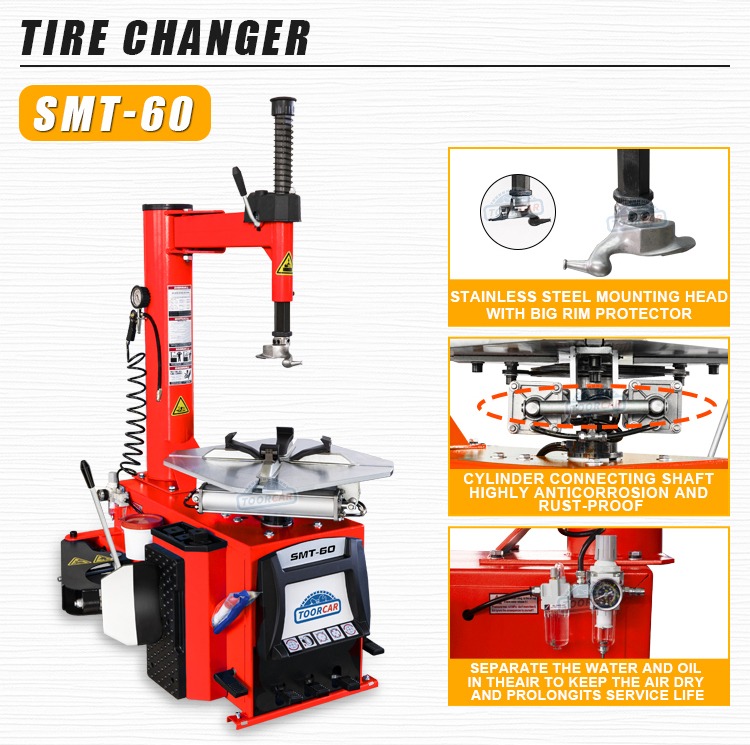Enhancing Tire Life And Fuel Efficiency Wheel Alignment for Fleet Vehicles
Wheel alignment plays a vital role in maintaining the performance and longevity of fleet vehicles. This article will delve into the benefits of wheel alignment for fleet vehicles and examine the various factors that can influence it. Additionally, we will identify the signs of poor wheel alignment and emphasize the importance of regular alignment maintenance.
Benefits of Wheel Alignment for Fleet Vehicles
A primary benefit of wheel alignment for fleet vehicles is the extension of tire life. Proper alignment ensures even tire wear, reducing the frequency of replacements and ultimately saving costs for fleet operators. Additionally, wheel alignment improves fuel efficiency. When wheels are correctly aligned, the vehicle encounters less rolling resistance, enhancing fuel consumption and reducing emissions.
However, several factors can affect wheel alignment, such as potholes, curb impacts, and general wear and tear. Even minor misalignments can significantly impact tire wear and fuel efficiency. Thus, it is crucial for fleet operators to regularly assess the alignment of their vehicles and take necessary corrective measures.
Recognizing the signs of poor wheel alignment is equally important. Uneven tire wear, steering wheel vibrations, and drifting to one side are common indicators of misalignment. Ignoring these signs can lead to further damage to the vehicle’s suspension system and compromise safety.
To ensure optimal performance and maximize the lifespan of fleet vehicles, regular wheel alignment is essential. By investing in professional alignment services and addressing any alignment issues promptly, fleet operators can benefit from improved tire life, fuel efficiency, and overall vehicle performance.
Benefits of Wheel Alignment for Fleet Vehicles
Wheel alignment is a crucial aspect of maintaining fleet vehicles and ensuring their optimal performance. This process involves adjusting the angles of the wheels to the manufacturer’s specifications, allowing for smooth and efficient driving. Fleet vehicles, such as trucks and vans, are subjected to heavy loads and extensive mileage, making regular wheel alignment even more essential.
One of the key benefits of wheel alignment for fleet vehicles is improved fuel efficiency. Proper wheel alignment reduces rolling resistance, enabling the vehicle to move more easily on the road. This leads to better fuel economy, resulting in substantial savings for fleet operators due to reduced fuel costs.
In addition to fuel efficiency, wheel alignment enhances tire longevity. Misaligned wheels cause uneven tire wear, compromising the tire’s performance and reducing its lifespan. Ensuring proper wheel alignment allows for even tire wear, extending tire life and reducing the need for frequent replacements, thus saving costs for fleet operators.
Safety is another critical aspect that wheel alignment addresses. Misaligned wheels can lead to poor vehicle handling, increasing the risk of accidents. Proper wheel alignment ensures vehicle stability, allowing drivers better control and maneuverability, thereby reducing the chances of accidents and protecting both the driver and the cargo.
Moreover, wheel alignment contributes to a more comfortable ride for fleet drivers. Misaligned wheels can cause vibrations and uneven steering, leading to driver fatigue and discomfort. Aligning the wheels provides a smoother and more enjoyable driving experience, improving driver satisfaction and productivity.
Factors Affecting Wheel Alignment
Wheel alignment is a crucial aspect of vehicle maintenance that directly affects the performance and safety of the vehicle. It refers to adjusting the angles of the wheels so that they are parallel to each other and perpendicular to the ground. Several factors can affect wheel alignment, and understanding them is essential to ensure proper alignment and prolong the life of tires and suspension components.
One primary factor affecting wheel alignment is potholes and rough road conditions. Impacts from potholes or rough roads can cause wheels to become misaligned. The force exerted on the wheels disrupts the angles, throwing them out of alignment. Driving cautiously and avoiding potholes can minimize the risk of misalignment.
Improper tire inflation can also affect wheel alignment. When tires are not properly inflated, it leads to uneven wear and tear on the tread, resulting in misalignment. Overinflated or underinflated tires can cause the vehicle to pull to one side, indicating a need for alignment. Regularly checking tire pressure and maintaining it at recommended levels can help prevent alignment issues.
Worn-out suspension components contribute to wheel misalignment. The suspension system absorbs shocks and maintains stability while driving. Worn or damaged components like control arms, bushings, or ball joints can alter wheel alignment. Regular inspection and timely replacement of these components can prevent alignment problems.
Driving habits impact wheel alignment as well. Aggressive driving, such as hard braking, rapid acceleration, and sharp turns at high speeds, puts excessive stress on the wheels and suspension system, leading to misalignment over time. Practicing smooth and cautious driving techniques minimizes strain on the wheels and maintains proper alignment.
Accidents or collisions can significantly affect wheel alignment. Even minor accidents can cause structural damage to the vehicle, leading to misalignment. It is crucial to have the wheel alignment checked after any collision to prevent further damage and ensure optimal vehicle performance.
Signs of Poor Wheel Alignment
Proper wheel alignment is crucial for maintaining vehicle performance and safety. Misaligned wheels can lead to various issues that affect the driving experience. Here are some signs that indicate your vehicle may have poor wheel alignment.
Uneven tire wear is a noticeable sign of poor wheel alignment. Misaligned wheels cause uneven pressure on the tires, leading to uneven wear. One side of your tires may be more worn than the other, affecting tire lifespan, vehicle handling, and fuel efficiency.
A vehicle pulling to one side is another sign of poor wheel alignment. If you constantly fight the steering wheel to keep your vehicle straight, it could be due to misaligned wheels. This is dangerous, especially at high speeds or in heavy traffic. Having your alignment checked and corrected ensures your vehicle tracks straight.
An off-center or vibrating steering wheel indicates poor wheel alignment. Misaligned wheels affect your ability to control the vehicle, requiring constant steering adjustments to keep it on the desired path. Addressing this issue promptly prevents further damage to tires and suspension components.
Poor wheel alignment increases fuel consumption. Misaligned wheels create resistance, making your vehicle work harder to overcome it, decreasing fuel efficiency. Proper wheel alignment optimizes fuel consumption and saves money.
Importance of Regular Wheel Alignment
Wheel alignment is a crucial aspect of vehicle maintenance that is often overlooked. It involves adjusting the angles of the wheels to ensure they are perpendicular to the ground and parallel to each other. This ensures proper contact with the road surface, leading to optimal performance and increased safety.
Regular wheel alignment extends tire lifespan. Misaligned wheels cause excessive wear and tear on tires, leading to uneven wear and shorter tire life. Proper alignment maximizes tire lifespan, reducing the need for frequent replacements and saving money.
Regular wheel alignment improves fuel efficiency. Misaligned wheels create unnecessary resistance, requiring the engine to work harder and consume more fuel. Maintaining proper wheel alignment reduces resistance and improves fuel efficiency, saving money at the pump.
Proper wheel alignment enhances driving performance and safety. Correctly aligned wheels improve vehicle handling, providing a smoother ride and better steering response. This ensures better control and maneuverability, especially during sudden movements or emergencies. Aligned wheels maintain proper traction, reducing the risk of skidding or hydroplaning, particularly in wet or slippery conditions.
It is recommended to have wheel alignment checked regularly, typically every 6,000 miles or as advised by your vehicle manufacturer. Professional technicians use specialized equipment to measure and adjust wheel angles precisely. Alignment should also be checked when replacing or rotating tires, or if there are signs of uneven tire wear, such as vibration or pulling to one side.
Conclusion
Regular wheel alignment of fleet vehicles improves fuel efficiency, extends tire life, enhances safety, and provides a comfortable ride.
Yantai Sunmo Electronic Equipment Co., Ltd. is a high-tech enterprise with extensive experience in producing various wheel alignment products. Consider purchasing our products.






